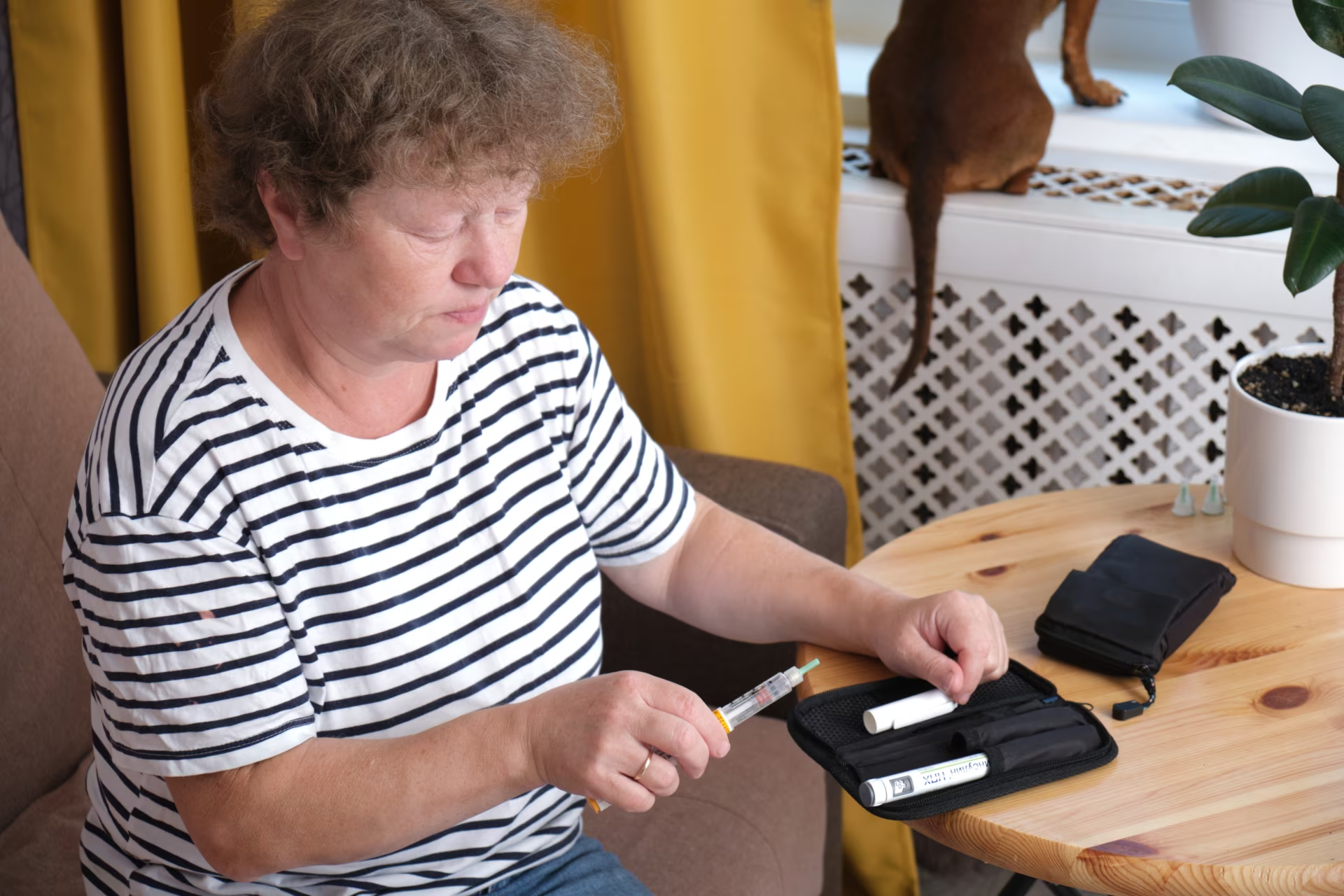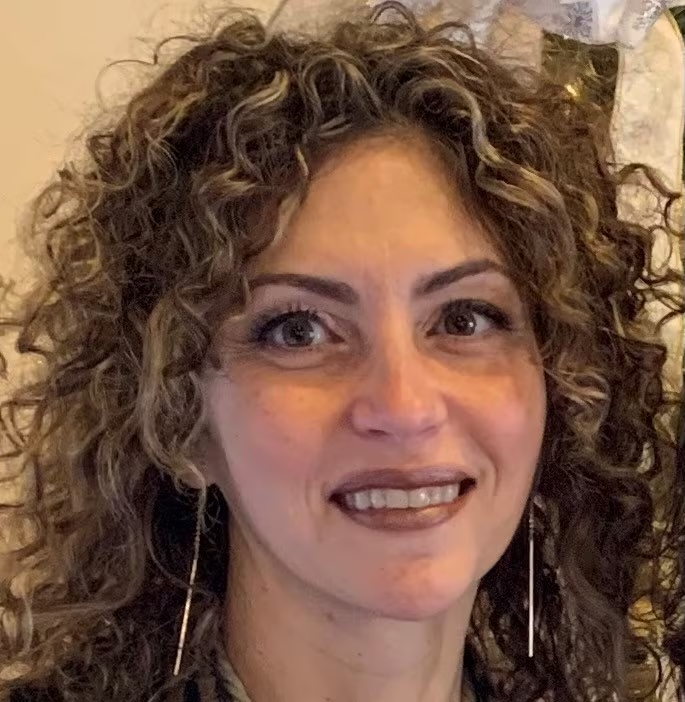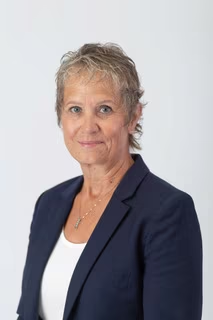Target Audience
This activity has been designed to meet the educational needs of endocrinologists, diabetologists and primary care physicians involved in the management of patients with T2D.
Faculty
Prof. Tina Vilsbøll discloses:Advisory board or panel fees, consultant fees, speaker bureau fees, and/or grants/research support from Amgen, AstraZeneca, Boehringer Ingelheim, Bristol Myers Squibb, Eli Lilly, Gilead, GSK, Mundipharma, Novo Nordisk, Roche/Carmot, Sanofi, Sun Pharmaceuticals and Zealand Pharma.
Dr Gihane Zarifa discloses: Employee or independent contractor relationship with Abbott, Diabetes Canada, GSK, Novo Nordisk and Peer Voice. Advisory board or panel fees from Embecta and Novo Nordisk. Consultant fees from Abbott, Diabetes Canada, GSK, Novo Nordisk and Peer Voice. Speaker Bureau fees from Diabetes Canada, GSK and Novo Nordisk.
Ms. Lori Berard discloses: Consultant fees from Abbott, Bayer, Diabetes care, Embecta, Montmed, Novo Nordisk and Roche. Speaker Bureau fees from Bayer, Dexcom, Eli Lilly and Embecta.
Mr Ostap Soroka has no interests/relationships or affiliations to disclose in relation to this activity.
Touch Medical Contributor
Annette Wiggins has no financial interests/relationships or affiliations in relation to this activity.
EBAC® Accreditation
touchIME is an EBAC® accredited provider since 2023.
This program is accredited by the European Board for Accreditation of Continuing Education for Health Professionals (EBAC®) for 48 minutes of effective education time.
EBAC® holds an agreement on mutual recognition of substantive equivalency with the US Accreditation Council for CME (ACCME) and the Royal College of Physicians and Surgeons of Canada, respectively.
Through an agreement between the European Board for Accreditation of Continuing Education for Health Professionals (EBAC®) and the American Medical Association, physicians may convert EBAC® External CME credits to AMA PRA Category 1 Credits™. Information on the process to convert EBAC® credit to AMA credit can be found on the AMA website. Other health care professionals may obtain from the AMA a certificate of having participated in an activity eligible for conversion of credit to AMA PRA Category 1 Credit™.
EBAC® is a member of the International Academy for CPD Accreditation (IACPDA) and a partner member of the International Association of Medical Regulatory Authorities (IAMRA).
Faculty Disclosure Statement / Conflict of Interest Policy
In compliance with EBAC® guidelines, all speakers/ chairpersons participating in this programme have disclosed or indicated potential conflicts of interest which might cause a bias in the presentations. The Organizing Committee/Course Director is responsible for ensuring that all potential conflicts of interest relevant to the event are declared to the audience prior to the CME activities.
Requirements for Successful Completion
Certificates of Completion may be awarded upon successful completion of the post-test and evaluation form. If you have completed one hour or more of effective education through EBAC® accredited CE activities, please contact us at accreditation@touchime.org to receive your EBAC® CE credit certificate. EBAC® grants 1 CE credit for every hour of education completed.
Date of original release: 30 April 2025. Date credits expire: 30 April 2027.
Time to Complete: 48 minutes
If you have any questions regarding the EBAC® credits, please contact accreditation@touchime.org







